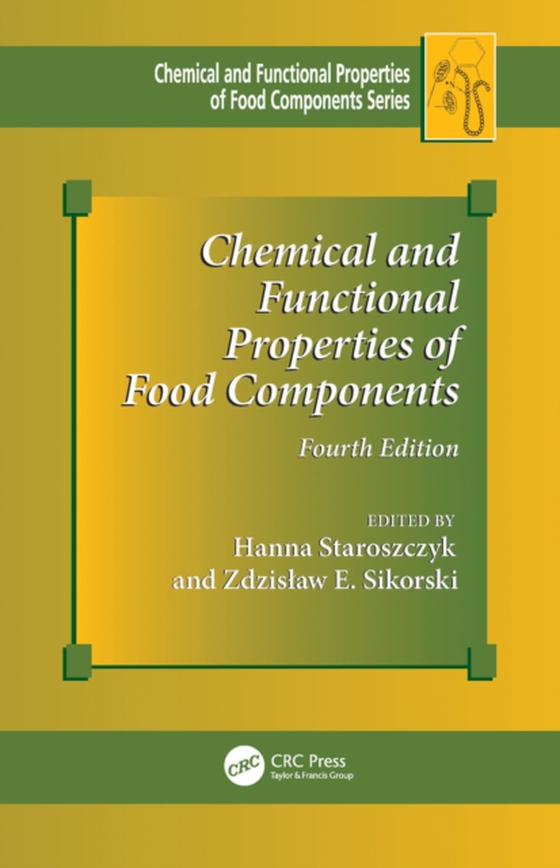
Chemical and Functional Properties of Food Components e-bog
1459,97 DKK
(inkl. moms 1824,96 DKK)
Over three editions, this book described the contents of food raw materials and products, the chemistry/biochemistry of food components, as well as the changes occurring during post-harvest storage and processing affecting the quality of foods. The fourth edition of Chemical and Functional Properties of Food Components discusses the role of chemical compounds in the structure of raw materials a...
E-bog
1459,97 DKK
Forlag
CRC Press
Udgivet
22 maj 2023
Længde
548 sider
Genrer
Agriculture, agribusiness and food production industries
Sprog
English
Format
pdf
Beskyttelse
LCP
ISBN
9781000864540
Over three editions, this book described the contents of food raw materials and products, the chemistry/biochemistry of food components, as well as the changes occurring during post-harvest storage and processing affecting the quality of foods. The fourth edition of Chemical and Functional Properties of Food Components discusses the role of chemical compounds in the structure of raw materials and the formation of different attributes of food quality, including nutritional value, safety, and sensory properties. This new edition contains four new chapters: "e;Non-Protein Nitrogenous Compounds"e;; "e;Prooxidants and Antioxidants in Food"e;; "e;Non-Nutritive Bioactive Compounds in Food of Plant Origin"e;; and "e;Analytical Methods Used for Assessing the Quality of Food Products."e;These chapters have been included because new research results have brought increasing knowledge on the effect of non-protein nitrogenous compounds, especially bioactive peptides, nucleic acids, and biogenic amines on the biological properties of foods; the role of natural and added prooxidants and antioxidants in the processing and biological impact of foods; numerous beneficial and harmful effects of bioactive components of plant foods; and new systems for control of food composition and the safety of foods.Features:Stresses the effect of the chemical/biochemical reactions on the selection of optimum parameters of food processing without presenting details of the technological processesDescribes naturally occurring elements and compounds as well as those generated during food handling in view of health hazards they may bring to consumersDiscusses the risks and benefits of reactions occurring during food handling The knowledge of the chemistry and biochemistry of the components and their interactions presented in this book aids food scientists in making the right decisions for controlling the rate of beneficial and undesirable reactions, selecting optimal storage and processing parameters, as well as the best use of food raw materials.
 Dansk
Dansk

